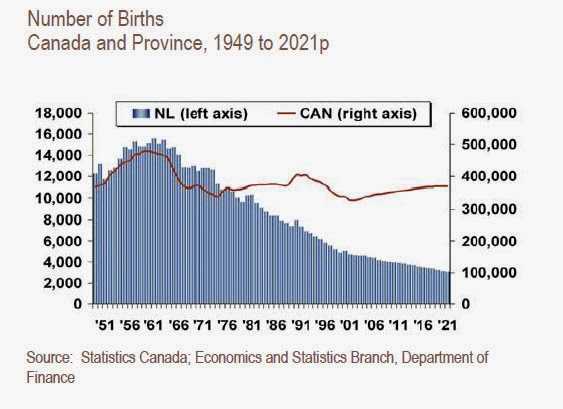Signal Hill - The Johnson GEO Centre and General Population History
 |
| St. John's harbor from our hotel window |
Unfortunately our first day in Newfoundland was a very rainy and foggy day even obscuring the iceberg which is supposed to be in the background (we saw it the night before) and which caused some problems in the harbor. We didn't explore the town much and decided to return. Instead we drove up to Signal Hill where a world-class GEO Center awaited us.
There was quite a pleasant surprise in store for us--one of the best geology exhibits for public education that I have seen coupled with good application examples.
 |
| Signal Hill - north of St. John's downtown area |
After all, the province Newfoundland-Labrador (NL) is rich in rock diversity with its very old gneiss in the northern end of Labrador (at 4 billion years old among the oldest rock found) or the dolostone deposits which are a product of warm shallow seas (among the youngest sedimentary rock here) in the northern end of Newfoundland--the latter holding generally much younger rock; a mere 600 million years old or so. Newfoundland also holds rock like peridotite; a rock that is rarely seen on the earth's surface since it is produced in the mantle area (is located in Gros Morne National Park) and thus is world-renowned.
 |
| The GEO Centre on Signal Hill (with Tom Crain, husband) |
In addition to general and Newfoundland’s geology, the
exhibit sports an account of the Titanic disaster which occurred south of the
peninsula of Avalon as well as an Exxon-sponsored description of oil-rigs and
platforms and the pathway of oil from the rigs to the tankers to the refineries. Oil spills or their potential are not covered.
 |
Operating offshore oil platforms
(source: CBCNews Newfoundland and Labrador) |
 |
Offshore oil/gas reserves
(source: GEO Centre) |
 |
| Source: Johnson GEO Centre |
Demographic Changes in NL
The oil industry and its economic consequences is
reminiscent of the Scottish oil boom; St. John’s is serving as support system for the oil rigs and thus is growing immensely. House
prices have more than doubled within St. John’s, new suburbs have materialized with relatively large houses; and we
were told that residents from St. John’s buy vacation homes around the
wonderful coast about 4 hours away from the city for relatively steep prices. Thus,
economic growth is also experienced by some coastal towns and villages. Canada's once poorest province turned within 15 years into the country's economic driver.
Other villages,
however, do not participate in this bounty and are losing their younger
residents for job opportunities in urban centers across the continent, a trend that began in the 1950s and 60s when the government resettled entire communities and was ascerbated by the cod-moratorium in 1992.
 |
| Source: http://www.mun.ca/serg/issues.html |
It is mostly the younger people in their child-bearing years that still leave the
rural areas of NL to find work elsewhere. As a consequence, schools see drastic declines in students and many were forced to close.
NL's drastic drop in the number of births is well shown in the graph above. It follows that the two most
significant demographic challenges confronting the province in general in the
coming years have to do with aging and regional population shifts, particularly in the rural areas. A good source of information on the topic can be found
here.









No comments:
Post a Comment